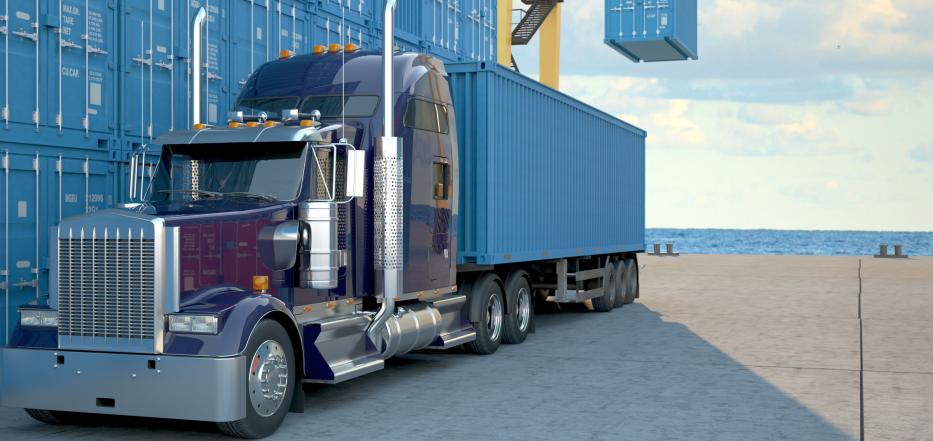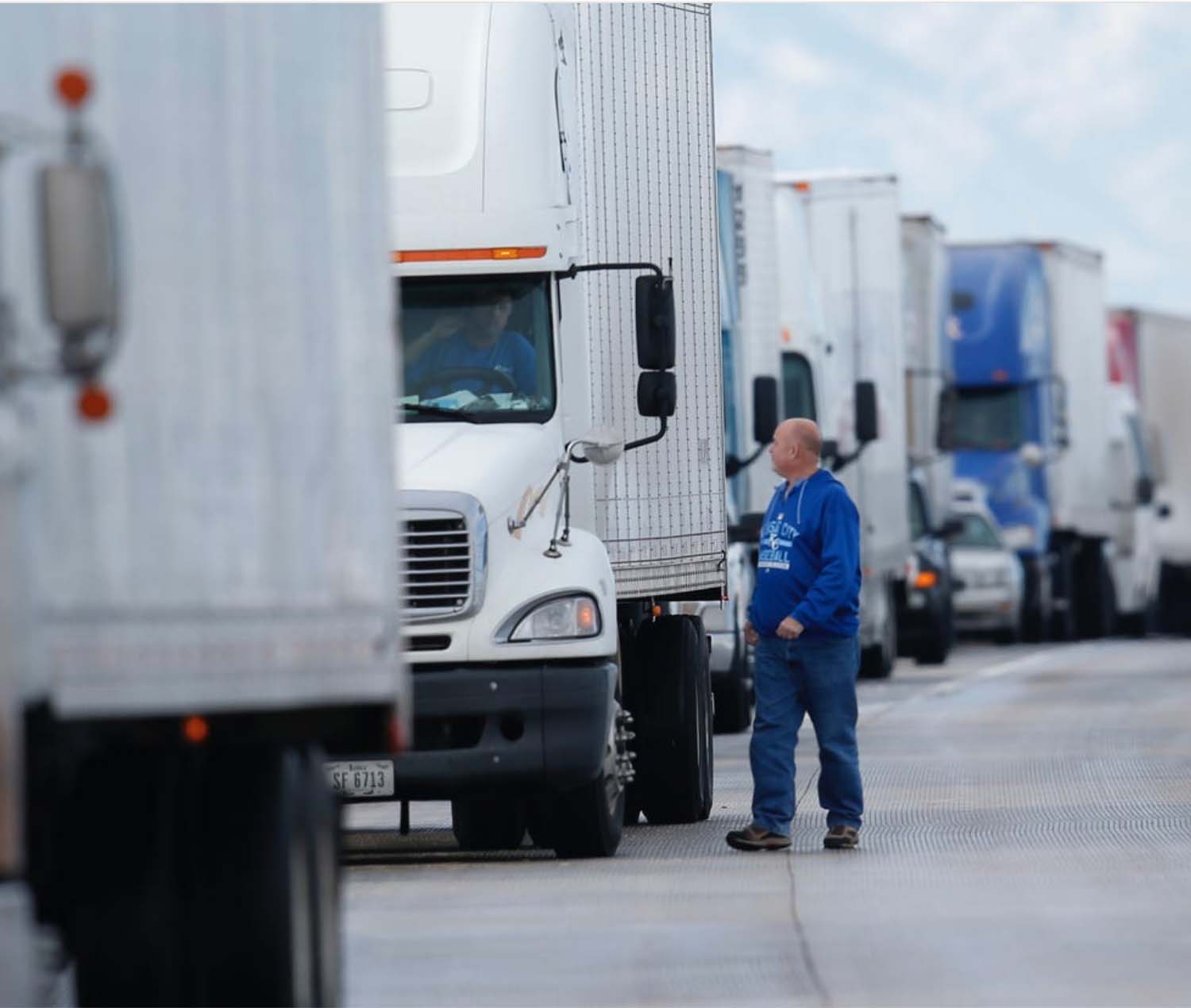

First, while it’s true that some situations can be salvaged and show potential for a positive outcome, there are no guarantees. Compounding the issue, the majority of these troubled trucking companies already have more than one merchant cash advance loan.įactoring companies prefer not to fund receivables if the client has outstanding MCA loans. For example, I have trouble understanding how the second and third position lenders expect a trucking company to pay $4,000 a week when the company only nets $2,000 a week.

After analyzing profit and loss statements, certain patterns tend to emerge over time. I get at least one new inquiry every week from a prospective trucking company owner ready to close down due to over-extended loans. This leaves many trucking companies no other option except alternative financing just to stay afloat. The rapid drop in revenues combined with steadily increasing expenses has caused a cash flow crisis.
#Trucking invoice factoring drivers#
The ongoing shortage of truck drivers adds to the challenge for trucking companies looking to make a profit. Diesel has doubled in cost along with additional increases to insurance, truck repairs, prime rates, new and used equipment costs and wages. Trucking companies are collecting pre-COVID rates (around $1.96 per mile), yet they are incurring expenses at 2022 levels. This is a serious issue for the cash flow industry and equipment finance companies. During the period between March to the end of May, trucking industry rates dropped by 30% or more and there were fewer loads available. In addition, southbound rates continue to drop below operating costs for picking up freight along towns on the Texas border.īusinesses that provide cash advances to the trucking industry may start to see things change soon. As of June, ports on the West Coast have decreased volume, which leaves a great number of trucking companies empty-handed or stuck with very low rates for repositioning equipment to the east. Frequent “cancel order” notifications are disrupting distribution centers and manufactures worldwide. While supply chains continue to catch up to demand due to another shutdown in China, it appears that major retail outlets are stuck with inventory that is not selling fast enough. All of these conditions paved the road for rapid inflation.

Finally, the price increase on finished goods due to COVID-related shutdowns got compounded by high inbound freight and fuel costs. This was followed by a sudden shortage of supplies. It started with an increase of 35% on the duty fees for certain items imported from China. The conditions for today’s inflation are obvious even if you’re not an economist. Unprepared for such increases and unable to offset these increases to their buyers, importers and retailers were obliged to absorb deep losses in profits. To put this in perspective, these companies averaged $18,000 in comparison to a meager $4,500 average during previous years. This happened on top of a 400% increase for inbound container freight from China. This year, however, logistics and distribution channels were shocked by the sudden rate increases on freight, which ranged from 30% to 50%. To illustrate, a typical dry van freight service that averaged $2.16 per mile before COVID-19 ended up averaging $2.96 to $3.25 per mile during this period. Factoring companies that handle freight recorded the highest average invoice size for more than 16 consecutive months in this period. The industry is expected to remain flat until supply chain volume catches up with demand and overflows the ports in Q1/23.ĭespite the mixed bag of 2022, the momentum trucking industry experienced from 2021 to the end of February 2022 is unprecedented compared with the more than 20 years I’ve been providing factoring services to the trucking industry I’ve never seen anything like it. In addition, this scarcity in the qualified temporary workforce is expected to continue.ĭuring the first half of 2022, the trucking industry experienced mixed performance, leading to a correction that started in March of this year in every sector. While temporary staffing agencies increased the most during the past year, labor remains in high demand. Compared to the previous six months, these divisions ended by showing an impressive 30 percent increase. Our factoring divisions finished the first half of 2022 in exceptional shape. The trucking industry has been a mixed bag for most of 2022 and with expectations flat for the balance of the year, Raul Esqueda of 1st Commercial Credit takes a look at how we got here and how factors should be preparing for the rest of 2022.īY RAUL ESQUEDA, PRESIDENT, 1ST COMMERCIAL CREDIT


 0 kommentar(er)
0 kommentar(er)
